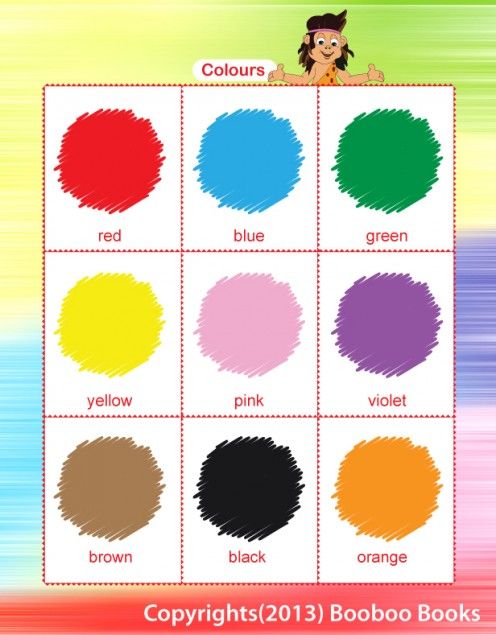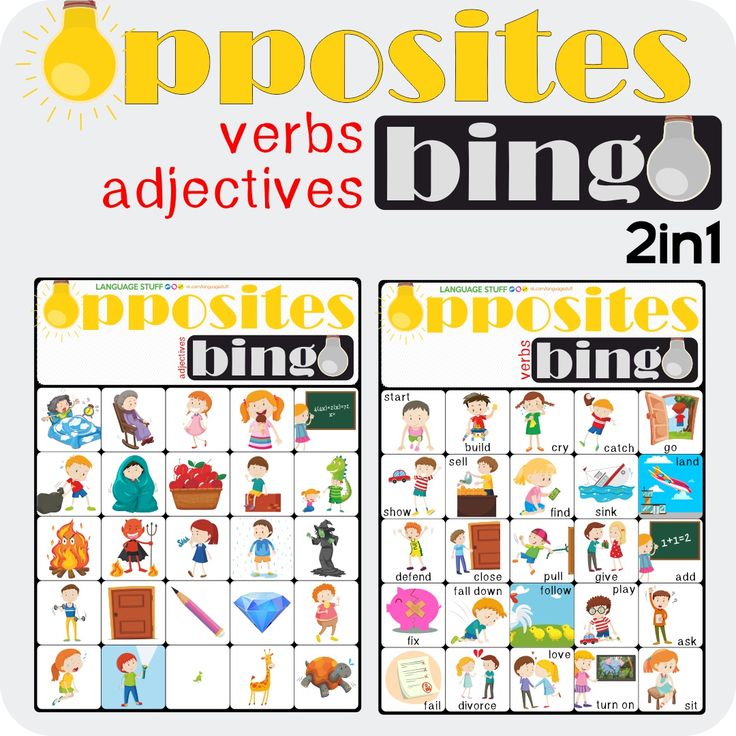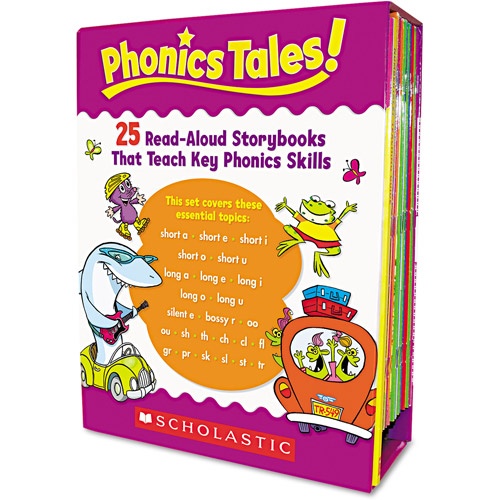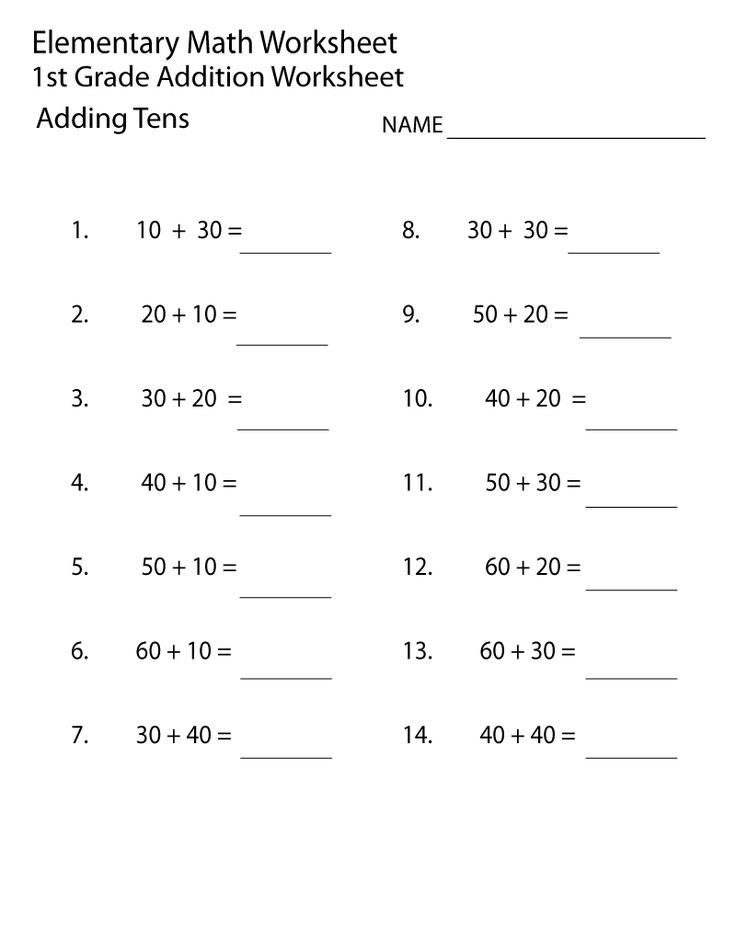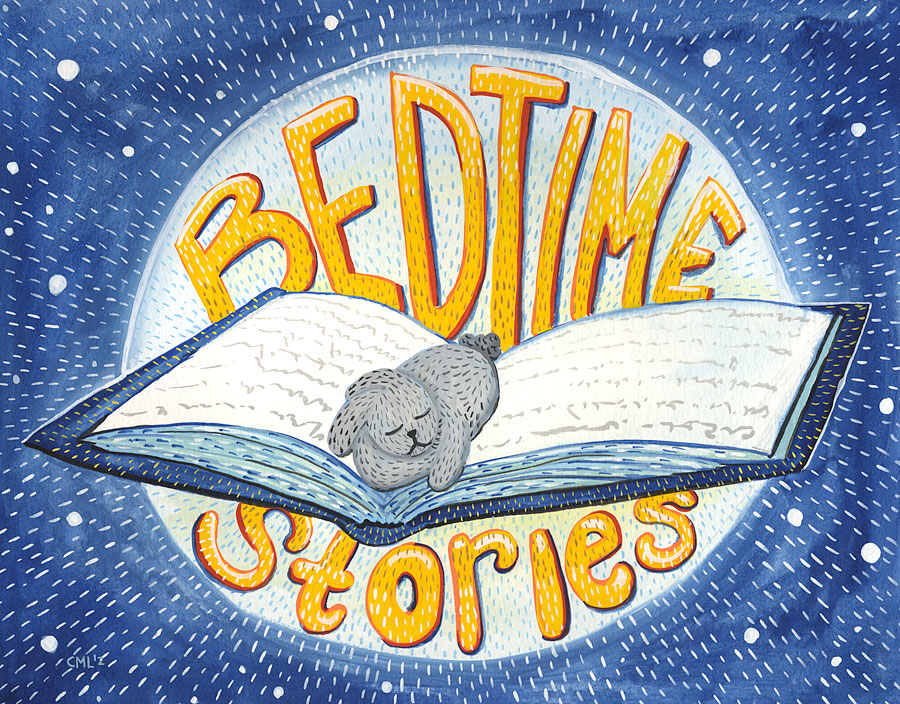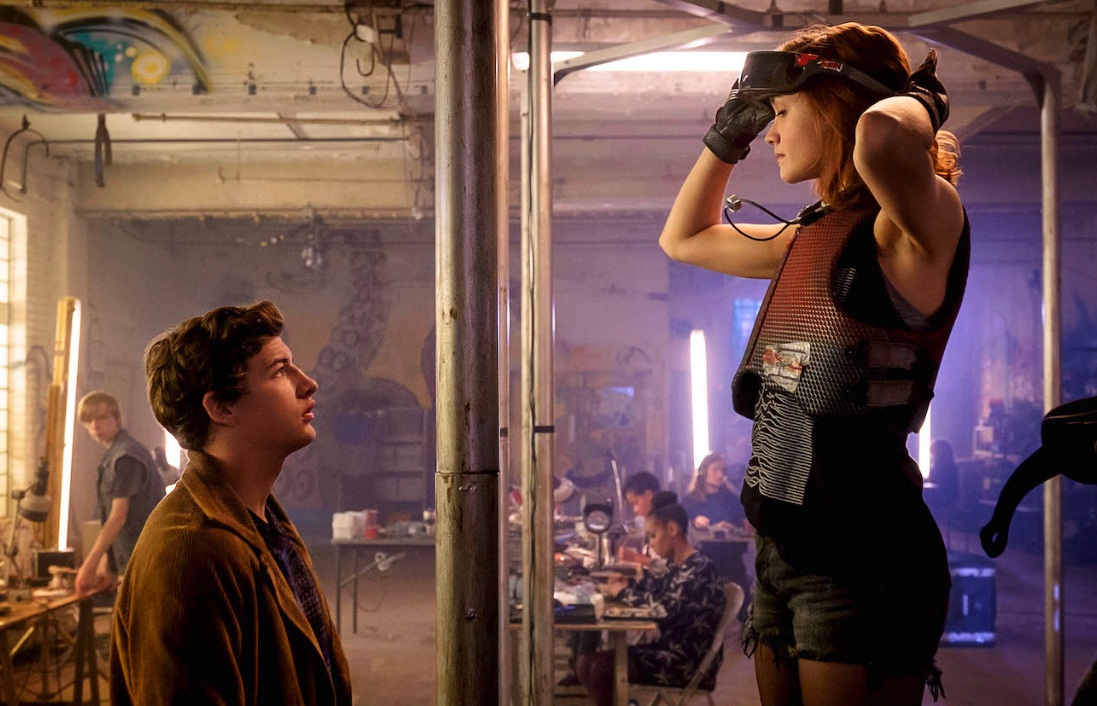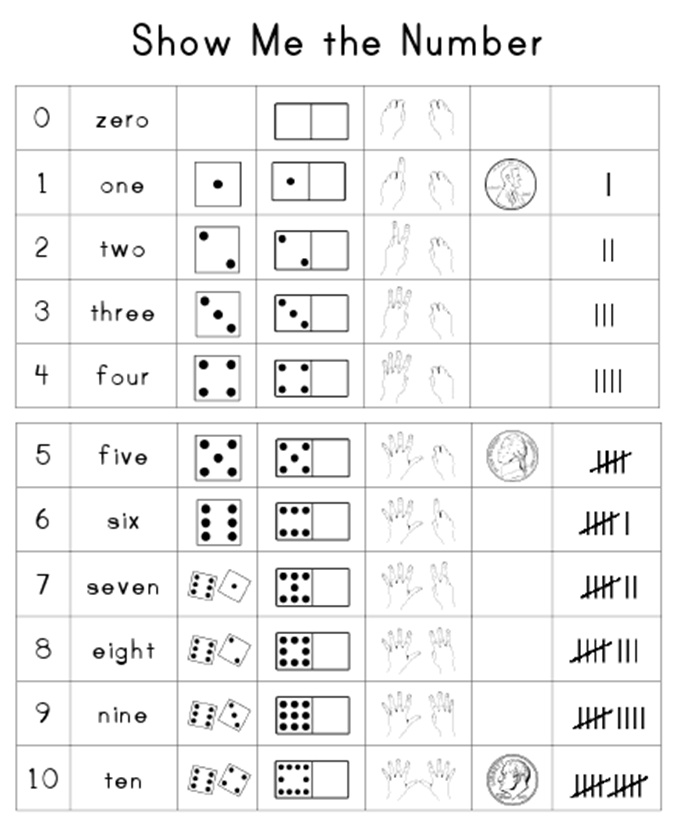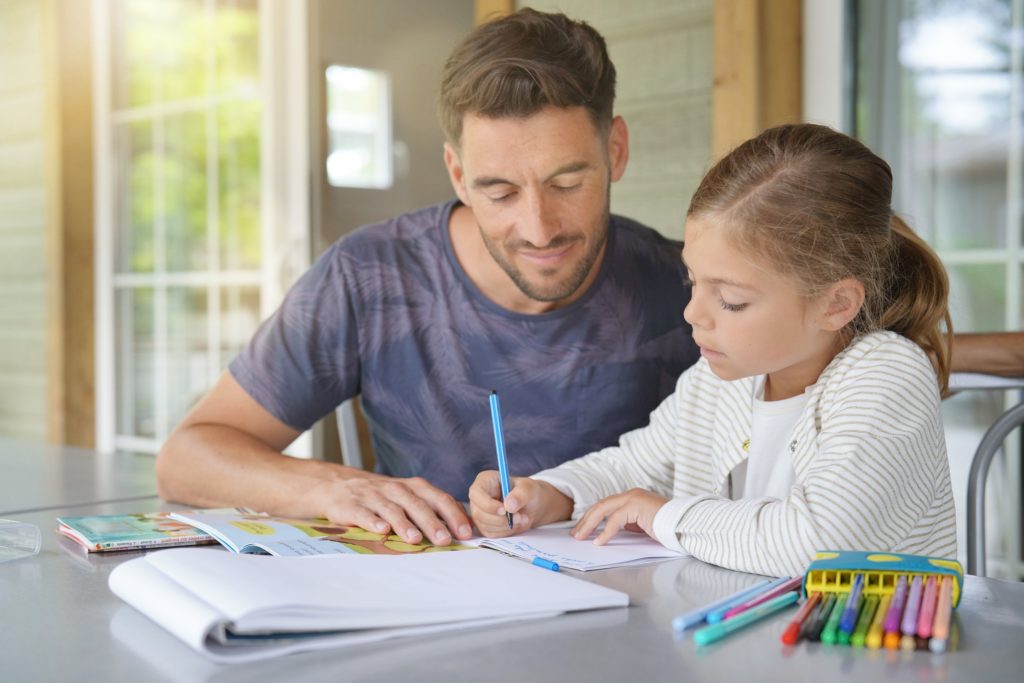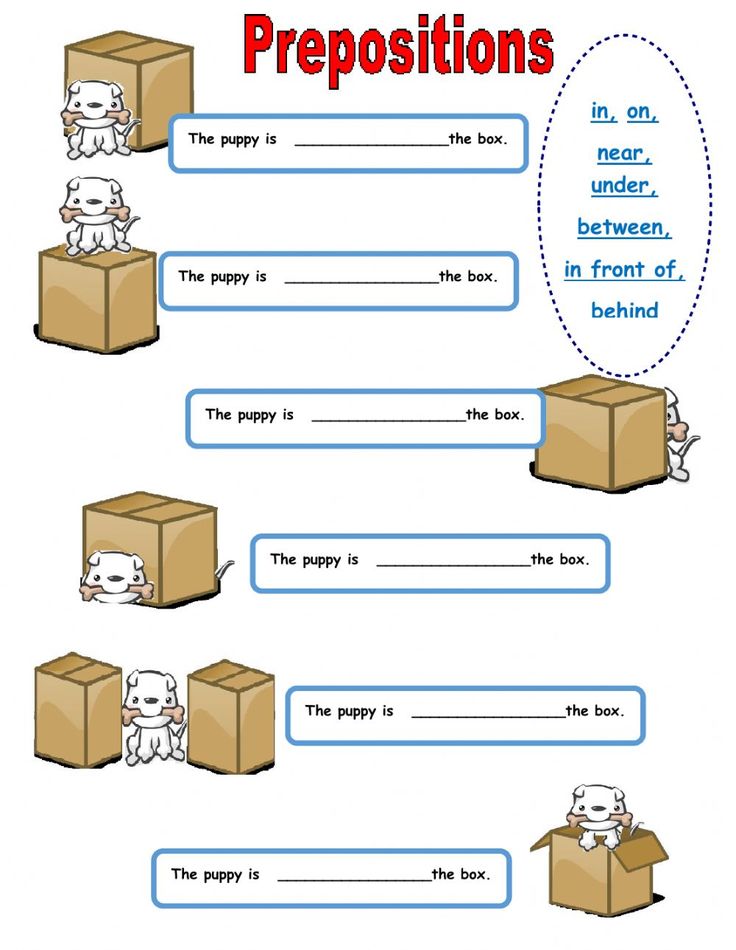Teaching preschoolers about colors
How to teach colours to toddlers and preschoolers
Colours may seem like an obvious part of our world, but that’s only because we’re used to them, as adults. For children, learning how to name and identify colours can be a bit of a challenge, as we’ll see below. The best time to teach colours is in early childhood. So, in this article, we’ll explain how to teach colours to toddlers and preschoolers.
Understand how a child’s mind works: colour doesn’t fit well with our natural way of thinking
Colour naming is largely based on culture and language – it is not a human ‘innate’ thing to identify shades of blue, and how they differ from green, for instance. Groups of people made that up, over time, because we like thinking in ‘categories’ – it’s easier to communicate and make sense of the world that way.
So, colour can be based on context we already have in our minds – much like we saw with “the dress” phenomenon that took the Internet by storm a few years back.
You’ll notice that children who are learning colours for the first time will have a hard time understanding that pink and red are different, or that navy blue is not black. First, they have to figure out what on earth you’re talking about!
That is very logical. In fact, you’ll notice children are logical, literal thinkers, by nature. It’s why they sometimes write some letters backwards, because in theory, some of them are the same thing (like p, q, b and d). It’s also why they follow grammar patterns that might make sense to a new language speaker, but are considered ‘wrong’ by native language speakers. We think they’re talking ‘cute,’ but they’re just following logic.
For example, if your child says something is “broked,” instead of “broken,” that would be logical. They’re trying to follow a grammar pattern. And English is not logical. If something can be “cracked” or “wrecked” why would it be “broken”?
When the whole world is brand new to a child, they will be absorbing things for the first time.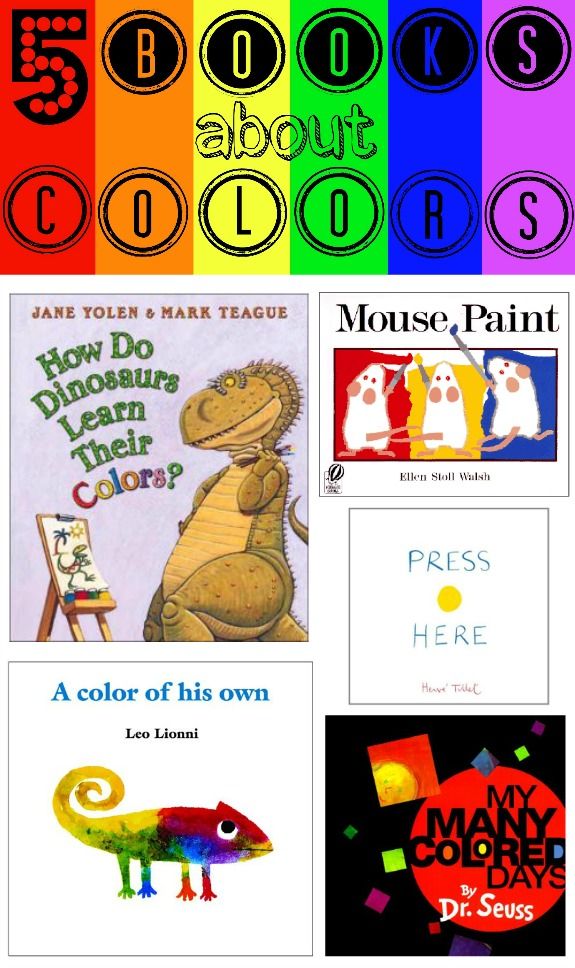 It’s overwhelming, though very exciting – which is why the moon and the grass are so fascinating to them, as well as colours.
It’s overwhelming, though very exciting – which is why the moon and the grass are so fascinating to them, as well as colours.
To learn our cultural language norms and ‘categorical’ thinking, they’ll have to do some ‘unlearning’ (as the article linked-to above explains). They’ll have to figure out that their parents and teachers – who they seek approval from – want them to call blue, blue and green, green. It takes a bit of practice.
So, don’t worry so much if your kid doesn’t get their colours right for a while. It can take until around age 3 to master the more distinct ones. And, it can be around age 5 when they learn different shades of colours, based on naming systems we assign to them in our language groups.
See more on our blog:
- How to be patient with toddlers and preschool-age children
- How to recognize early vision problems in toddlers and preschoolers
Keep it simple: start by teaching primary colours, and colours with more distinctions
Since we’ve established that colour variations can be subjectively-based, it goes without saying that when teaching toddlers and preschoolers about colours, you’ll want to start with just the basics.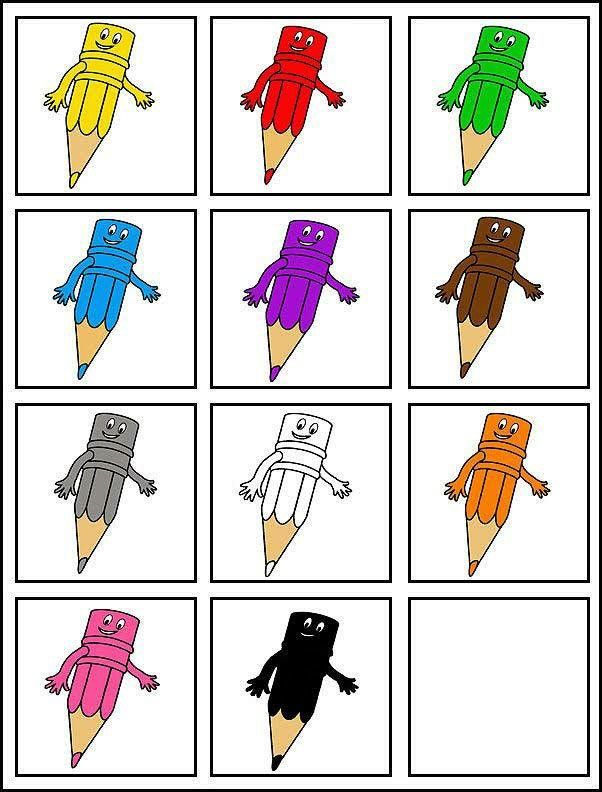 That is, teach primary colours to this age group first.
That is, teach primary colours to this age group first.
The primary colours are:
- Red
- Yellow
- Blue
Thereafter, include secondary colours, which are achieved when you mix the above colours (in painting, at least). They are:
- Orange
- Green
- Purple
Now, whether you start with secondary colours, or primary colours, it doesn’t matter much at this point. The idea is to teach a child how to identify the differences in ‘big’ categories of colour.
Thereafter, you can introduce pink, brown, black, grey, white and so on.
Focus on colour recognition, more than pronunciation, at first
Some young children will only be able to point to colours, and not say them. That is still excellent. It shows they can understand this abstract concept, and are learning to see colours in many contexts.
It should go without saying that some kids will mispronounce the name of colours. That is ok. At this point, for a young toddler, if you start over-emphasizing that, “bawn” is actually, “brown,” you may be bringing in confusion. They may not have the muscle practice to say things correctly at the moment, anyway. But they know what they mean.
They may not have the muscle practice to say things correctly at the moment, anyway. But they know what they mean.
It’s fine that you say these colours correctly (and you should). But if a one or two year old says “bawn” and is correctly identifying the colour brown, you can go ahead and give a congratulatory, “yes! That’s right! Good job!” Don’t say, “No, brooowwn,” and cause them to lose focus.
Pronunciation is not the lesson here. Colour recognition is. Once they can differentiate and label colours without thinking twice about it, you can correct their pronunciation, if necessary. But usually, kids will naturally pick up the right pronunciation of all words, in time.
Just enjoy those, “nanas” (bananas), “paasgettis” (spaghetti) and “naganets” (magnets) for now. “Bawn,” “boo” (blue), “pik” (pink), “lallow” (yellow), “wed” (red) and “oooen” (orange) are fine. They’re adorable!
See more on our blog:
- 5 Simple ways to teach preschoolers phonics basics
- 5 Easy ways to teach the alphabet to preschoolers
Use identical objects that come in different colours to teach colour differences
This works with balloons, flash cards, plastic cups, or anything you can find that is both easy and safe to hold for a child, and identical in form.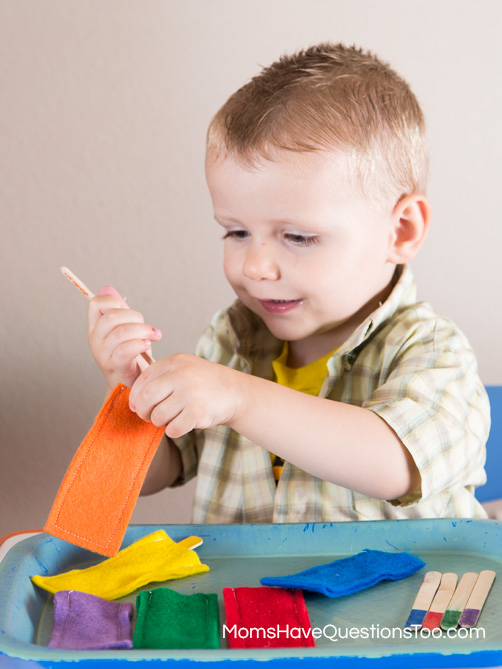
This helps a child notice the attribute that makes an object different. When you then emphasize over and over that ‘this cup is yellow,’ and ‘this cup is green,’ and so on, they’ll eventually pick up on those differences. They’ll also recognize that they are an important part of communication.
Later, as you go out of the house or daycare, you can point out ‘real life’ objects that are the same except for colour. For example: “I see a green car, can you see a red car?” or “look at the blue house, and the brown house.”
As the child learns to identify colour as an adjective, you can begin using it in language more. Start naming objects with this adjective, even if identical options are not present. For example, “I see an orange bucket and a yellow shovel! We can play in the grey sand and green grass.”
See more on our blog:
- 5 Fun, purpose-driven walks to go on with daycare kids or preschoolers
Play simple colour recognition games as a memorization challenge
Part of learning is making mistakes, and then trying again.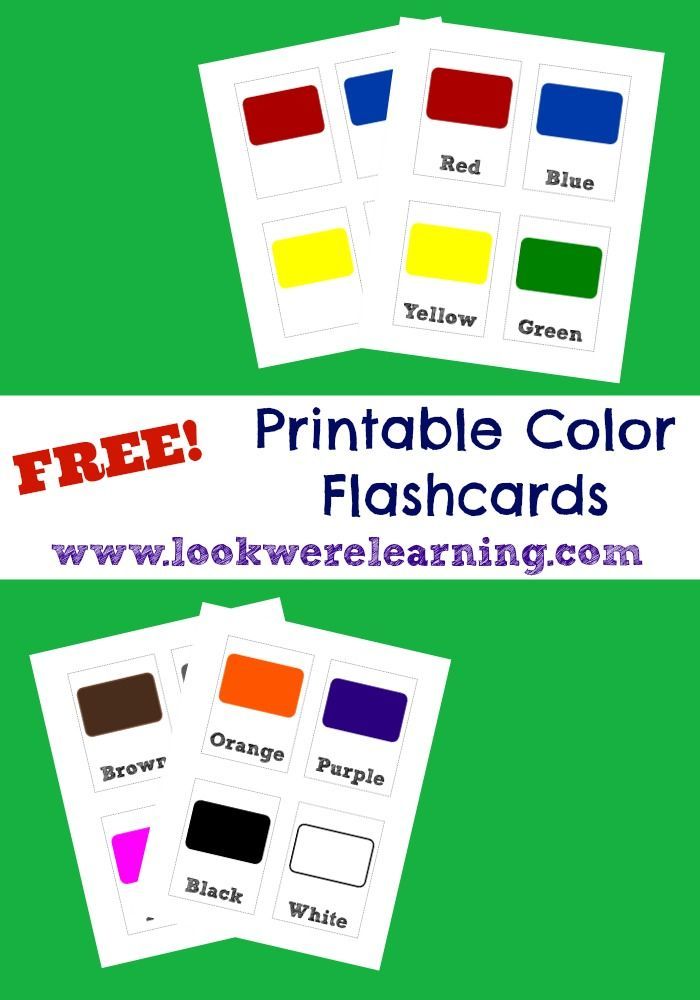 Since knowing colours is basically memorization, games with tests can help. They make memorization fun by challenging oneself to get better and better.
Since knowing colours is basically memorization, games with tests can help. They make memorization fun by challenging oneself to get better and better.
With little ones, of course, the challenge should be age-appropriate and simple. Don’t give them a stack of 20 crayons and ask them to name them all in one go. That’s too much.
Instead, start with just a few balloons, or balls or play cups. Ask them, “can you find the yellow one?” Or, “where is the red car?” And so on. When they get it right, they get a congratulations – a sign of approval from you, which acts as an emotional reward.
If they get it wrong, don’t show disappointment – it can be a downer on them. Just say, “oh, I think it’s actually, THIS one! This is red, is that what you meant?”
Play this type of game again and again. Use flashcards, books, or, as we mentioned above, play it when you’re out of the house in ‘real life,’ to identify the colours of objects.
You can also ask them what the colour of their food is, or ask them what colour their shirt is every day.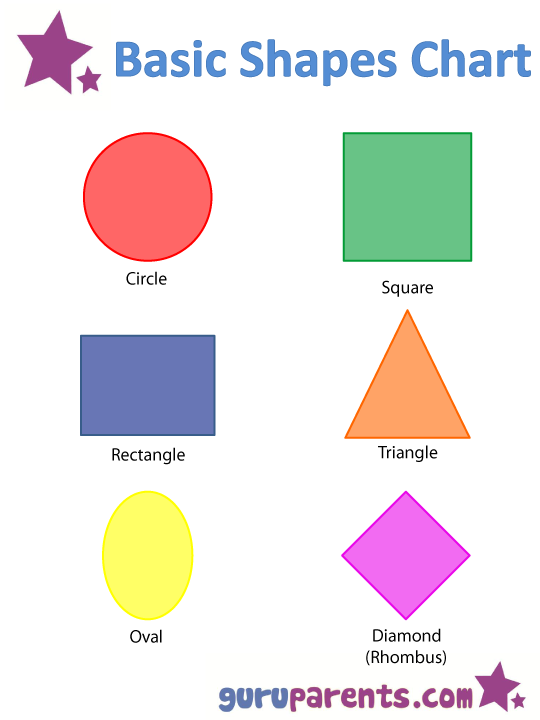 Ask about colour all the time, so they know it matters.
Ask about colour all the time, so they know it matters.
A perfect game to spot colours, when they are old enough (around preschool age), is “I spy.” Play, “I spy with my little eye, something that is… white!” The other person then has to look around at what you can both see, within the room’s vicinity, that is white. They keep guessing until they get it right. And then they ‘win.’ Next, it’s their turn to spy!
See more on our blog:
- 5 Imagination games to play with toddlers and young kids
Let children play and construct with colours, to learn colour applications and colour theory too
Children (and all humans), learn best when they are using knowledge, practically. That is, through manipulation of objects, and by integrating activities, speech and other acts around that learning experience. This engages the brain more. It also helps to form memories by association.
In short: this means participating in activities to purposely emphasize colours is an important part of teaching colours to preschoolers and toddlers.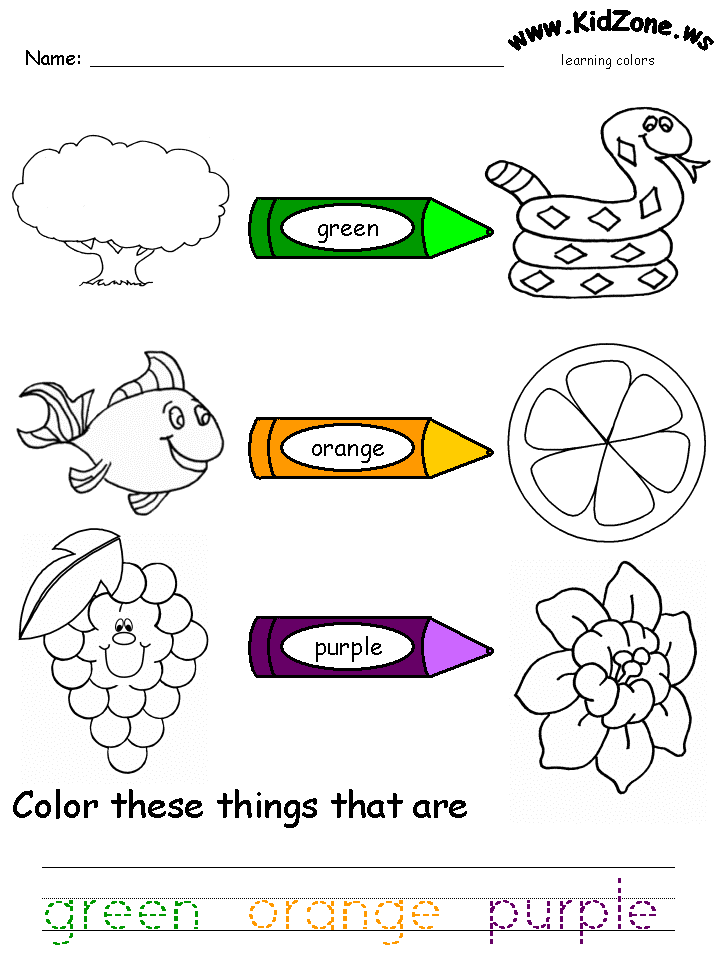 Use craft paper, crayons, paint mixing, and so on to do this.
Use craft paper, crayons, paint mixing, and so on to do this.
For tactile colour learning, use coloured sand or rice. Let them feel fabrics in different colours. Do face painting or hand-prints in colours. Stamp fun shapes with different coloured ink pads. Make glitter slime and play dough in their favourite colour. Bake a ‘rainbow cake’ or decorate cookies with coloured icing.
Now, through all of this, remind them of the colours they are using by naming them verbally, and asking them to do the same, as they are performing these activities.
To conclude: teaching colours to toddlers and preschoolers involves gradual learning
As we’ve noted above, getting toddlers and preschoolers to learn about colours is not an ‘automatic’ thing that they’ll pick up. It’s something that has to be taught, and re-emphasized, mainly because colour divisions are based on language and cultures, rather than a ‘clear cut’ science.
So, give kids a bit of patience with colour understanding and recognition.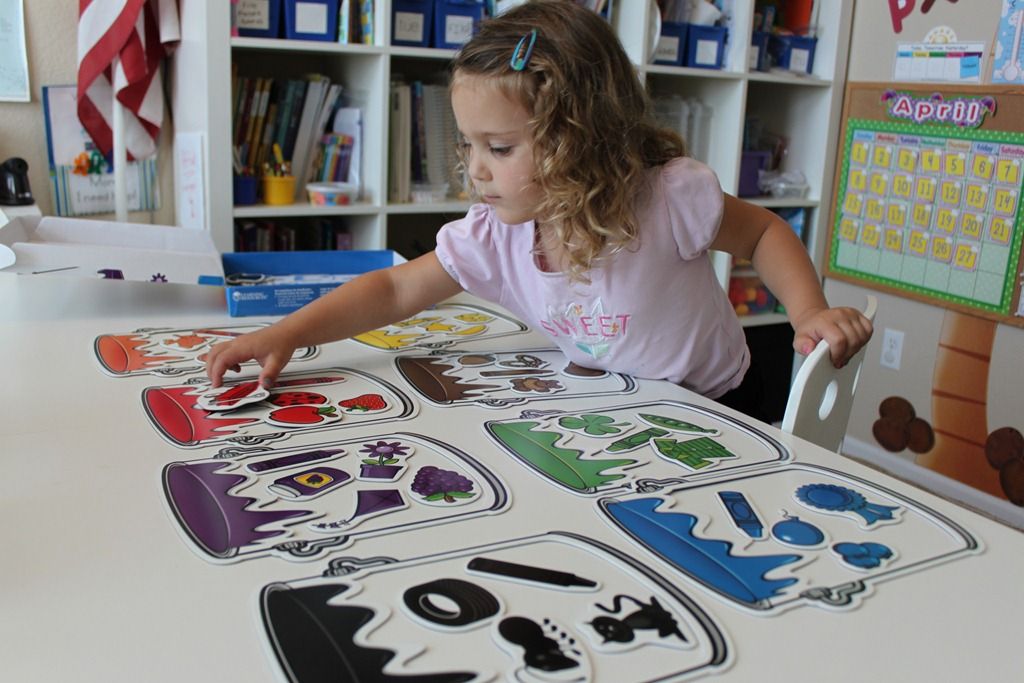 And, leave it to you to be the person responsible for repeating the names of colours, and noticing the opportunities to bring them up in conversation. The more these words and labels are reinforced, the more a child will learn that colour differentiations are important.
And, leave it to you to be the person responsible for repeating the names of colours, and noticing the opportunities to bring them up in conversation. The more these words and labels are reinforced, the more a child will learn that colour differentiations are important.
Of course, eventually, most kids ‘get it,’ even if it comes naturally. It’s not like we’re all colour blind unless we’re taught colours. It’s more that our categorizations of colour need to be ‘agreed upon,’ collectively and socially. Otherwise, the point at which orange, red and pink start and end can be hazy. So, for children, this is part of language learning – it is part of being able to call something what we all understand it to be.
Playing games makes colour learning fun, and applicable. It helps the brain retain this information. Not to mention, it gives you opportunities to spend time with your kids productively.
See related on our blog:
- 5 key elements of the Reggio Emilia approach to early childhood education
- How music affects young children and their learning
- How to identify and encourage multiple intelligences in early childhood
5 Activities for Teaching Colors to Preschoolers with Free Task Cards
The toddler and preschool years are the perfect time for teaching colors. Starting as early at 15 months, toddlers start to develop interest and preferences in color and those preferences continue to develop into elementary school. So, why not build on this with these five activities for teaching colors to preschoolers and toddlers?
Starting as early at 15 months, toddlers start to develop interest and preferences in color and those preferences continue to develop into elementary school. So, why not build on this with these five activities for teaching colors to preschoolers and toddlers?
This post includes a free printable for teaching colors, so be sure to grab it from the end of the post.
I remember the exact moment my oldest learned his first color. We were sitting in the living room of our very tiny apartment, having just recently moved in about three weeks prior. He was still in that “dumping” phase where any kind of play always started off with dumping toys from the basket.
Well, he dumped out the bag of Mega Blocks, and watched as they scattered all over the gray carpet. Back then, picking up the bag of Mega Blocks was a quick task as we only had just a few sets of toys.
But we made good use of these blocks. My oldest picked up a red block and toddled over to be saying, “Boo, Mama, boo!” I gently corrected him, “No, this is red.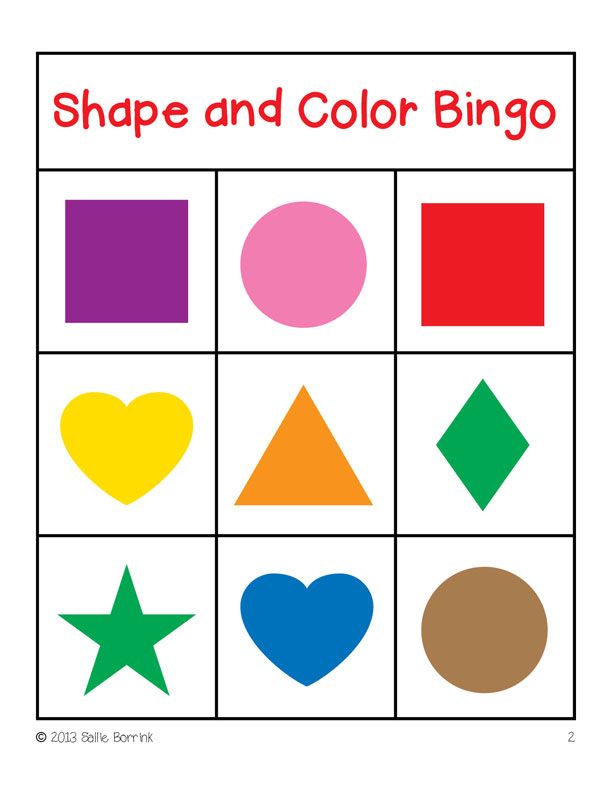 A red block,” and I picked up a second red block and showed him both.
A red block,” and I picked up a second red block and showed him both.
Then I showed him two blue blocks. “These blocks are blue,” I said. He then snatched both red blocks from my hands and run around the room with both, before tripping and falling, sending the two red blocks across the floor and mixing them up with the pile of other blocks.
That was ok, because then my little toddler just picked up a random block, brought it to me, held it about an inch from my face and said, “Boo bock, Mama. Boo!” And this time it was a blue block and my new mama heart sang. Because when you’ve been a mom for all of two minutes (ok, 16 months at that point), even the little milestones make you want to shout from the rooftops.
And that was the beginning of teaching colors in our house. Colors came easily to my oldest, by five kids (and about 100 preschoolers later) I can attest that learning colors doesn’t come easily or naturally to all children, which is why it’s so important to incorporate activities for teaching colors in your lesson plans.
There’s no right or wrong way to teach colors to preschoolers and toddlers. Basically, they just need lots of exposure to colors and lots of opportunities and activities to explore colors.
In this post I’m sharing five activities for teaching colors to preschoolers all while using a single set of printable task cards. You can grab the task cards from the end of this post.
Task Cards for Teaching Colors to Preschoolers
These task cards are a fun way for preschoolers and toddler to learn colors all while doing some fine motor work, too. Gotta’ love an activity (or five activities) that work on multiple skills at once. Be sure to read to the end of this post for all the other ways you can use these task cards to teach colors to your preschoolers.
Materials
- free color block printable
- jumbo tweezers (optional)
- 1 inch blocks
The Set-Up
Print the color block cards and cut apart. Laminate for added durability.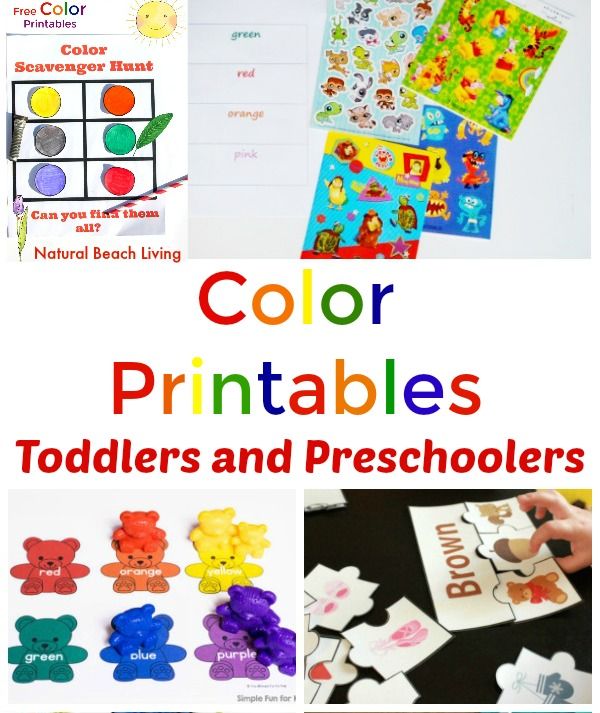
Place the task cards on a tray next to a bin of one inch blocks, along with some jumbo tweezers (if desired). Then invite your preschooler to join you in some fine motor color matching fun!
How to Use the Task Cards for Teaching Colors to Preschoolers
I like to start by asking my preschooler to name the colors on the selected task card before matching the colored blocks to the card.
If you’re preschooler doesn’t know all the colors, that’s ok! This is the first step in teaching colors to your preschooler. Point to each square and name the color, then ask your preschooler to name it with you. If the card has a second square of the same color and you have already named the color once, then point to the square and wait a few seconds to see if your preschooler remembers the name of that color.
Next, invite your preschooler to find the matching color blocks and place each block on the corresponding square on the card. Even without the jumbo tweezers, this is difficult fine motor work as it takes coordination to place the blocks in just the right place.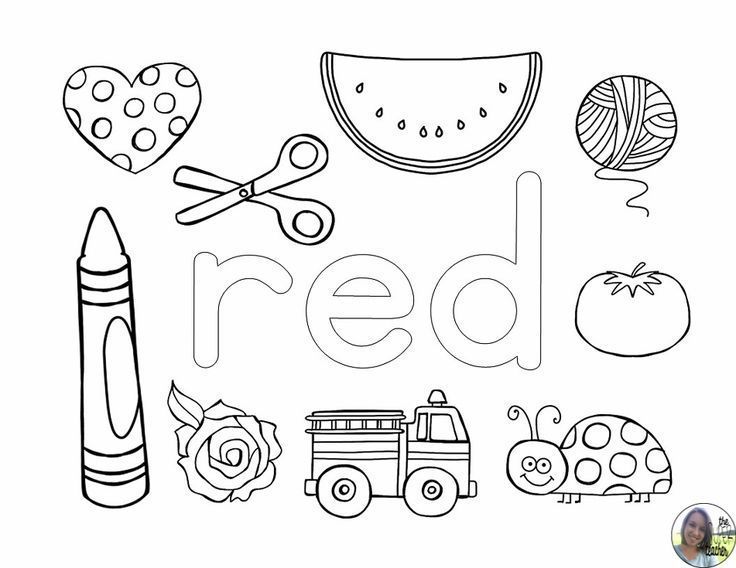
If you have a younger preschooler, this is definitely where you want to start. Without the tweezers. Using the tweezers with the fingertips, as they are designed, takes a lot of finger strength, and you don’t want your preschooler to get frustrated. But adding tweezers is certainly the next step in developing that fine motor work that will eventually turn into a mature pencil grasp.
You might have a young preschooler or toddler who is insistent on using the tweezers, even if they can’t handle the properly. They most likely will use a variation of the “death grip” and squeeze the tweezers with the whole palm of their hand. Believe it or not, this is great for strengthening hands, so let your toddler go ahead with it.
Now, let’s teach some more color words.
As your preschooler works at matching the colors, encourage him to say the color as he makes the matches. If he doesn’t, then say the color name for him. It might sound something like this,
I see you are matching the green block with the green square.
That’s a good match! What color are you matching?
Now, it is possible, and quite likely, that your toddler aged students may not be interested in making any color matches at all. This is ok too. Simply adding the blocks to the task cards, with or without the tweezers, is good fine motor and hand strengthening work.
In this case, you might say something like,
You’re holding a blue block. See? Blue. Can you say blue? Where does blue go?
I love these cards for teaching colors to preschoolers. It’s such a quick activity to set up!
More Ways to Teach Colors to Preschoolers Using these Task Cards
Here are a few other ideas for teaching colors to preschoolers using these exact same task cards, so you can get even more use about of them.
Oh, and don’t forget to grab your free printable at the end of this post!
- Use the task cards as a reference and have your preschooler make the same design on a mirror or table rather than directly on the card.

- Have your preschooler “build up” by stacking more than one block on each color. How tall can you go?
- Turn this into an activity that can be shared with parents by having your preschooler first snip little squares of colored paper and then glue them onto the cards.
- Be creative with the color manipulative. It doesn’t have to be blocks. You can use farm counters or any math counter, for that matter!
Looking for More Printables for Teaching Colors to Preschoolers?
Try some of these! They’re all free!
. . .
Grab Your Free Color Block Task Cards Here!
Think you need these for your preschool lesson plans? Grab your own copy by clicking the image below. It will be sent to your email.
Sarah Punkoney, MAT
I’m Sarah, an educator turned stay-at-home-mama of five! I’m the owner and creator of Stay At Home Educator, a website about intentional teaching and purposeful learning in the early childhood years. I’ve taught a range of levels, from preschool to college and a little bit of everything in between.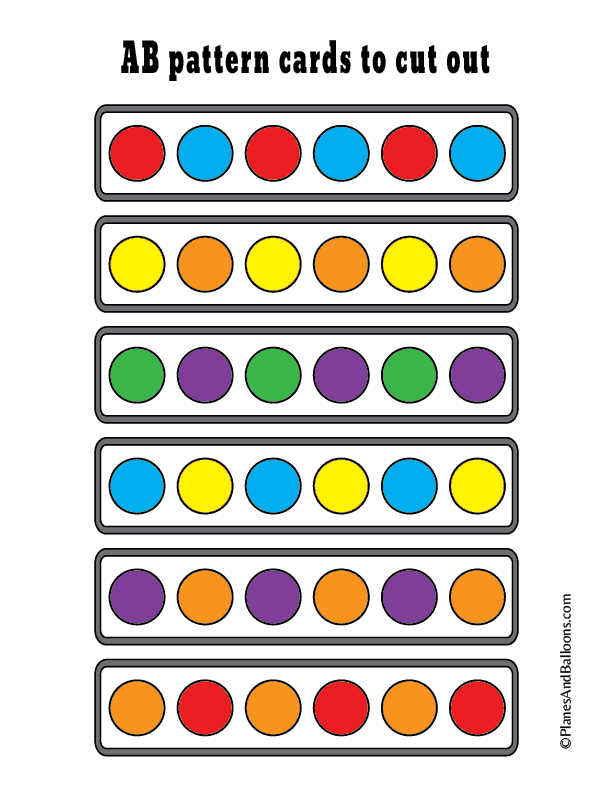 Right now my focus is teaching my children and running a preschool from my home. Credentials include: Bachelors in Art, Masters in Curriculum and Instruction.
Right now my focus is teaching my children and running a preschool from my home. Credentials include: Bachelors in Art, Masters in Curriculum and Instruction.
stayathomeeducator.com/
Teaching children colors
As the baby grows, he distinguishes more and more colors, his color perception develops and improves. Starting from the age of 2, you can conduct classes aimed at learning colors with a child.
Sorting and matching by color
First, the child needs to be explained what color is and to learn to distinguish objects of different colors. Start with exercises with a small number of colors. At first, yellow, red, blue and green are enough. Color can only be seen, so by applying objects to each other, explain to the child how they are similar or different. Thus, without knowing the names of colors, the child learns to group objects by color. Play with your baby in simple games aimed at grouping objects by color and matching the right color.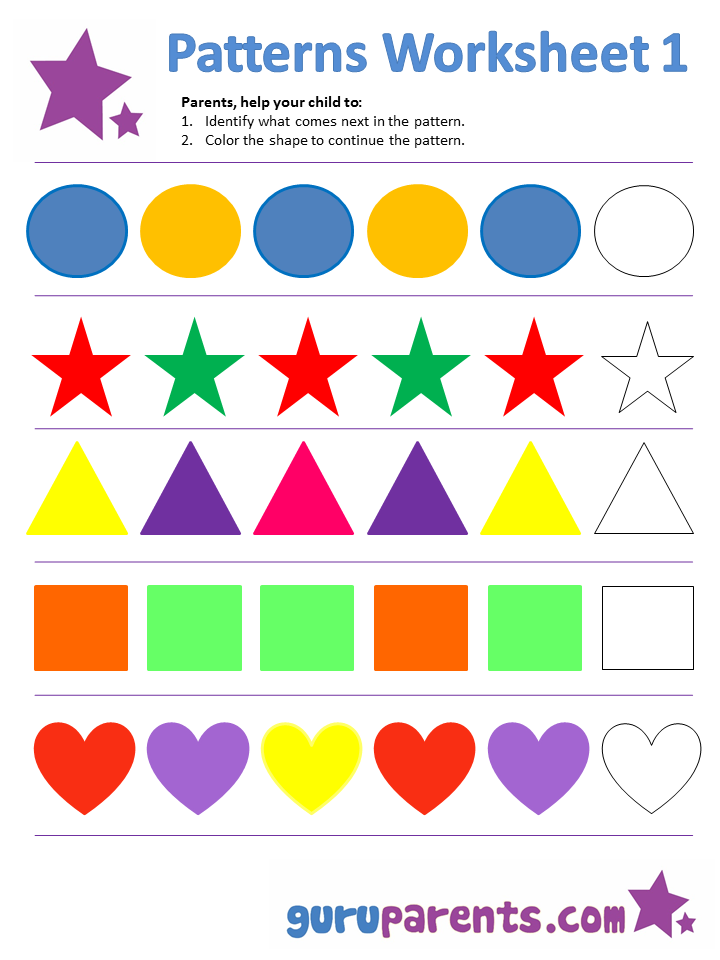
“Item sorting”. Invite the child to put in separate boxes all yellow, blue, green, red items. First, let them be homogeneous (cubes or designer parts, colored candies), then heterogeneous. In the latter case, toys, items will differ slightly in color within the same color range, and sorting will be more difficult for the child.
"Pick a pair." Such games are aimed at matching an item that is identical in color. You can remove the caps from the felt-tip pens and invite the child to choose the right cap. Or cut out cards from colored cardboard, on which you need to attach clothespins of the corresponding color. You can make an educational board game. To do this, glue a cube out of paper, the sides of which, using felt-tip pens or colored paper, make different colors. Roll the cube alternately. The player needs to find the item of the dropped color. In the case of a repeated roll on a die of the same color, the player finds another item.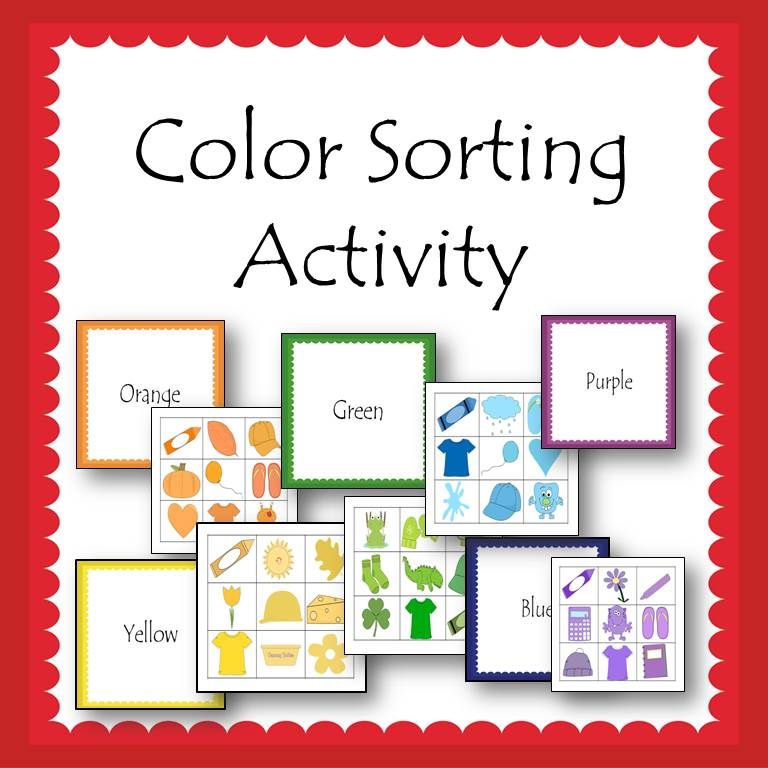
Memorizing colors
In the process of learning the names of colors, start with a few basic colors, gradually expanding the spectrum. Preschool children tend to remember colors by associating them with an object: red like an apple, green like grass. Therefore, summer with its bright colors is the best assistant in this matter! While walking, unobtrusively name the color of the object. If your child likes cars, practice on them. At home, when playing with a pyramid, cubes, pay attention to color. To memorize colors, the child needs repeated repetition. Drawing, modeling, appliqué also contribute to the improvement of children's color perception. You can make a collage - take sheets of white paper, unnecessary magazines and let the child, with your help, cut out all the red pictures and stick them on one sheet, green on the second, etc. After the child has memorized 3-4 primary colors, introduce him to the colors of the rainbow and the sequence of their arrangement.
Memorizing shades
Children progress in learning colors in different ways. Five-year-old children are not only able to distinguish colors, but also a variety of shades. However, if some preschoolers continue to use the usual generalized names of colors, calling blue, turquoise and cyan blue, then the latter are keenly interested in shades, trying to figure out how, for example, to draw a blue whale in a blue sea. Answering such questions, children need to be introduced to the basics of mixing colors, to show how to use blue and yellow paint to get green, using red and yellow - orange, red and blue - shades of purple. Children really like to experiment with paints and get new colors. It will be useful for young artists to learn about warm and cold colors.
Show the child how to use one color to name two more using the terms light and dark (blue, light blue, dark blue). At the next stage, tell your child about the colors whose names come from an object of a similar color (cherry, raspberry, pink, lemon, lilac, walnut, and others).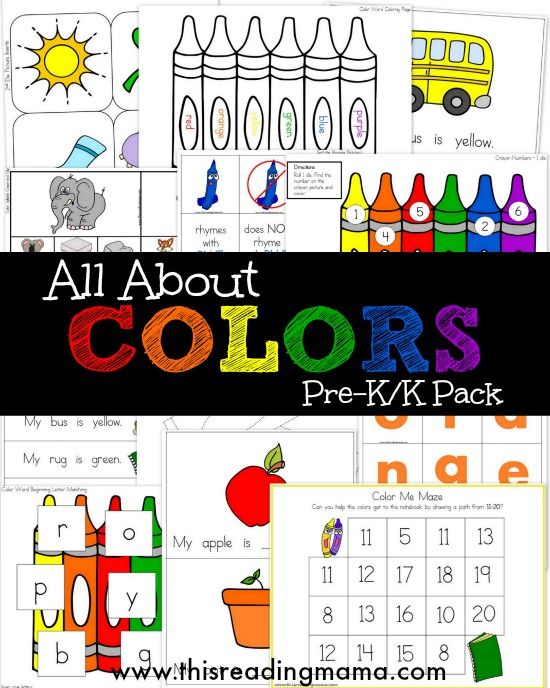
The study of colors expands the horizon, it is necessary for the development of thinking and imagination, contributes to the development of observation and memory. The process of teaching colors can be carried out in an unobtrusive, but at the same time very exciting form for children.
Learning colors: how to teach your child to distinguish colors and shades
It is generally accepted that by the age of three a child should learn to distinguish between primary colors. This skill is an important part of sensory development, it gives the child the opportunity to see the world in a new way. Often, if the baby does not know or confuse colors, parents have concerns about the pace of development of the child. Do I need to worry if the study of colors is not easy for a child? How to teach a child to distinguish colors? You will find answers to these questions in our article.
At what age does a child begin to see colors?
Studies have shown that children begin to perceive colors by 2-3 months.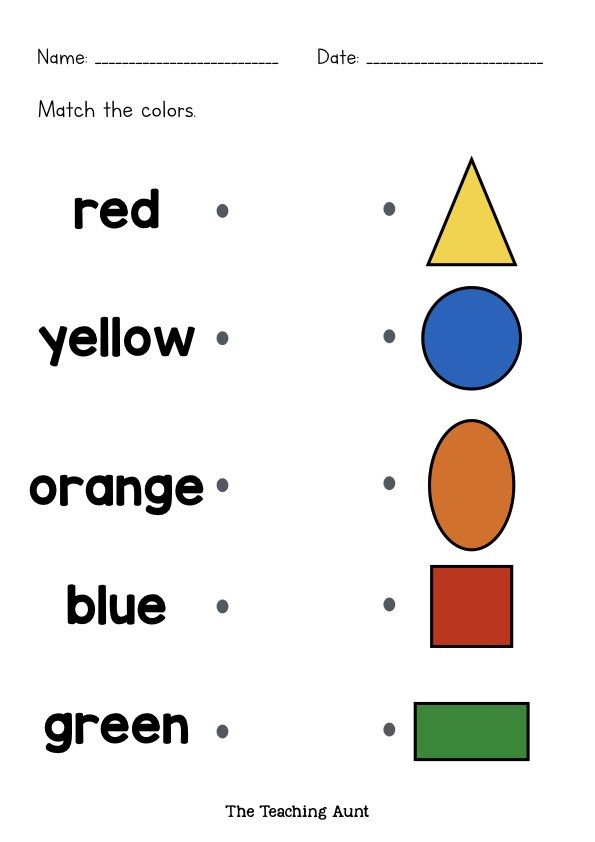 The first colors a child sees are yellow, orange, red, green. At this age, babies can already react differently to their toys of different colors (for example, a red rattle can please a child more than a blue one), look at bright pictures with enthusiasm. The baby's world quickly acquires colors, but if we talk about the ability to consciously find an object of the right color, then usually it appears in children at the age of one and a half. It is at this age that it is optimal to start learning colors in a playful way. You can voice the names of flowers to a child for up to a year, this will only benefit him. But do not demand too much from the baby, remember that his brain is actively developing, and as soon as the time comes, you will certainly see the results.
The first colors a child sees are yellow, orange, red, green. At this age, babies can already react differently to their toys of different colors (for example, a red rattle can please a child more than a blue one), look at bright pictures with enthusiasm. The baby's world quickly acquires colors, but if we talk about the ability to consciously find an object of the right color, then usually it appears in children at the age of one and a half. It is at this age that it is optimal to start learning colors in a playful way. You can voice the names of flowers to a child for up to a year, this will only benefit him. But do not demand too much from the baby, remember that his brain is actively developing, and as soon as the time comes, you will certainly see the results.
To see if your child is ready to learn colors by playing with building blocks, ask your child to point to a part that is the same color as yours. If the baby can find objects of the same color, then he is quite ready to memorize the names of colors.

Learning colors in everyday life
Children get most of their knowledge about the world in everyday life: communicating with adults and peers, observing nature, playing. The study of flowers is no exception. Sometimes a child does not need to do special exercises to learn to recognize colors. For this, it is enough that he hears the name of the color and associates it with a specific thing. During daily activities, voice for the child what color the objects are around. Whether you are drawing, playing with blocks, looking at cars in the yard, reading, swimming, eating, dressing - in each of these situations, you can gently teach your child to distinguish colors.
It is important that the study of colors does not turn into torture. You should not constantly test the child's knowledge by asking him which color is which. Soon the baby may just start to ignore you. “Let's paint the sun yellow!”, “What a delicious green cucumber!”, “Oh, where did the blue cube go? Here he is!" are examples of how you can gently help your child remember colors.
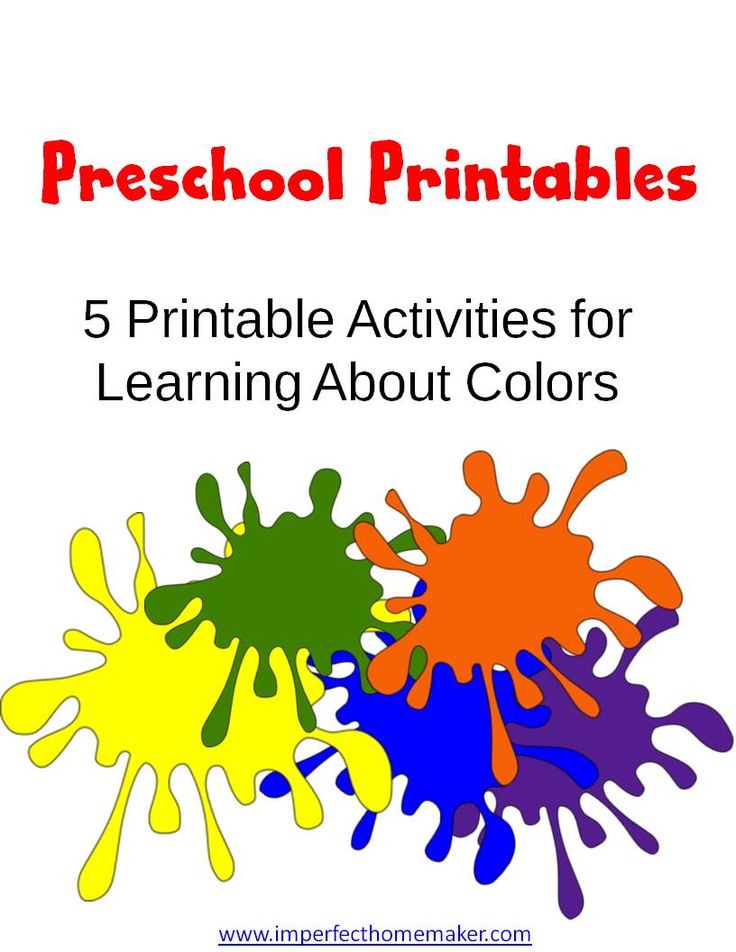
Games for learning colors and their shades
In order to get your baby interested in learning colors or to reinforce the knowledge they already have, you can offer your child to play special "color" games.
Color sorting
Sorting games are aimed at helping the child learn to sort objects into groups by color. Any materials at hand can be items for sorting: toys, covers, designer parts, cubes, buttons, cereals, pencils, etc. You can organize the game in various ways:
You can come up with as many options for sorting by color, it all depends on your imagination. So that the child does not lose interest in the task, connect the plot of the game with his favorite characters, toys (for example, a cat will eat from a yellow bowl, and a baby elephant from a red one, etc.).
Match a Pair
To help your child learn colors, you can use tasks from the Match a Pair series.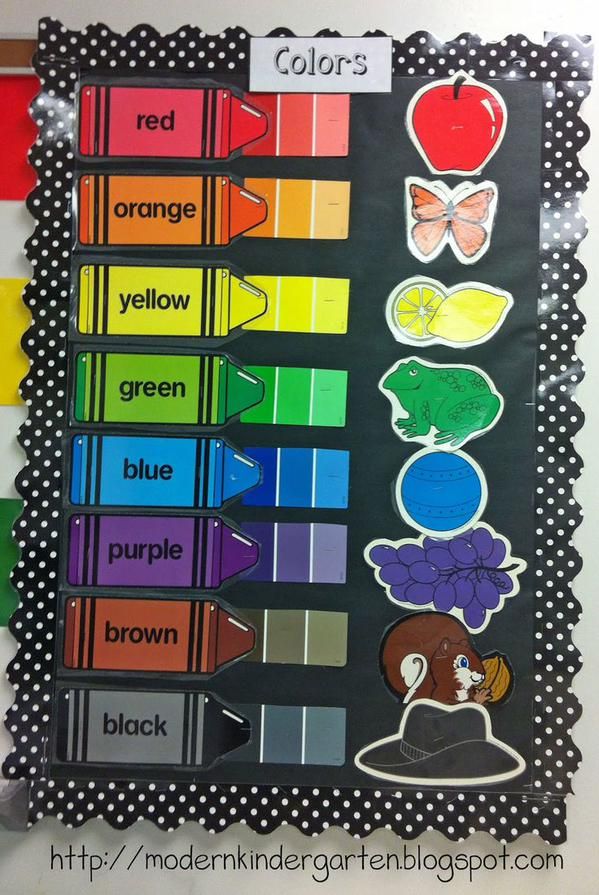 Ask your child to find a petal for a bug, a pot for a flower, a roof for a house, etc. You can present the baby with a deliberately wrong option and ask to correct the mistakes.
Ask your child to find a petal for a bug, a pot for a flower, a roof for a house, etc. You can present the baby with a deliberately wrong option and ask to correct the mistakes.
Pick up a patch
Show the child the picture with the missing details. Ask him to fill in the gaps (this can be done with plasticine, pom-poms, caps, cards, etc.).
Color Lotto
At the age of about one year, children begin to be interested in various lottos. In the color lotto, the task is to collect pictures of the same color on the card.
Colored Sensory Boxes
Create a sensory box for your baby where everything is the same color. During the game, the child will be able not only to remember the color that he sees, but also to develop fine motor skills, tactile sensitivity, thinking, and imagination.
Color days
This is one of the most interesting and popular ways to teach your child to distinguish colors.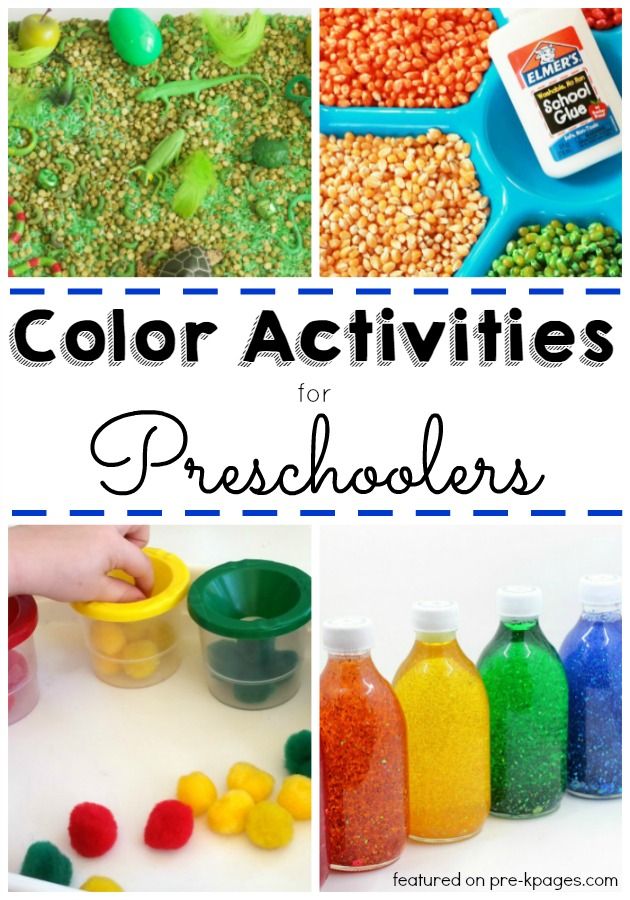 Its essence is that during the day (or several days) you draw the child's attention to objects of a certain color. For example, on a yellow day, you can dress in yellow clothes, play with yellow toys, draw a yellow chicken. Surrounded by one color, the baby will easily remember it.
Its essence is that during the day (or several days) you draw the child's attention to objects of a certain color. For example, on a yellow day, you can dress in yellow clothes, play with yellow toys, draw a yellow chicken. Surrounded by one color, the baby will easily remember it.
Cards for learning colors
You can learn colors with your child using cards. With the help of Doman's "Colors" cards, you can introduce your baby not only to the main colors, but also to different shades. It is important not to overload the child with unnecessary information about the names of 10 shades of green or red. Learn only those shades whose names you can use in the game and life.
Board games for learning colors
Board games are a great way to learn about colors and consolidate knowledge about them. Currently, the stores offer a wide range of similar games for every taste and budget. Choose a game that suits your child.
Educational cartoons
There are many educational cartoons on the Internet that will help your child memorize colors quickly.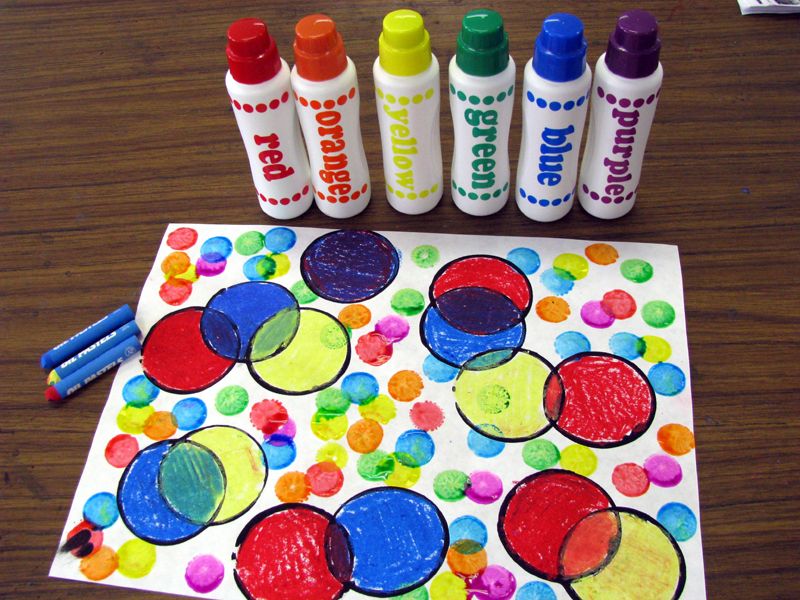 Here is one of them:
Here is one of them:
Educational books
If your little one loves to listen to stories and look at pictures, this is the way for you. We all remember the wonderful story of V.G. Suteev "Rooster and paints", by S.Ya. Marshak has a whole “Colorful book”. You can also find many educational books that will become your faithful assistants.
Conclusions
We have listed for you different color learning games. In order for a child to master the concept of color well, it is worth adhering to a number of principles: do not rush the baby, provide a variety of material for games, discuss what you see.
Conclusion
You can start studying colors from an early age, the main thing is that it is interesting for the child. It is impossible to specify clear age limits when a child should learn primary colors. This process, like all development, is individual for each baby.